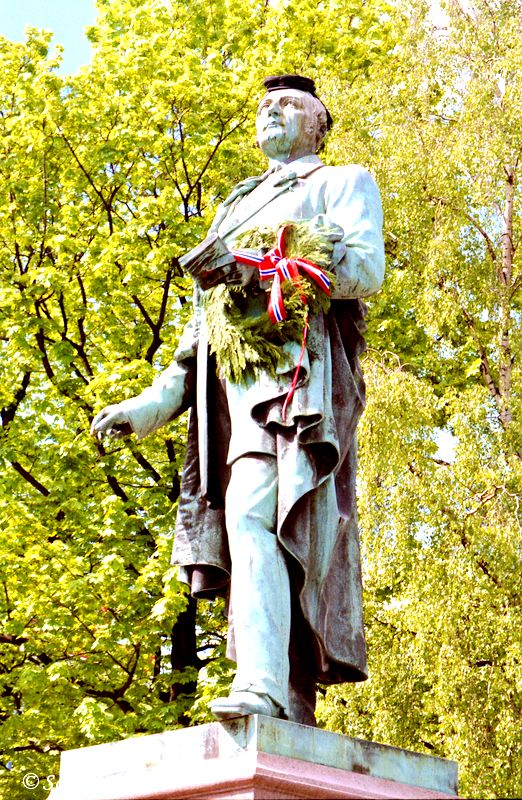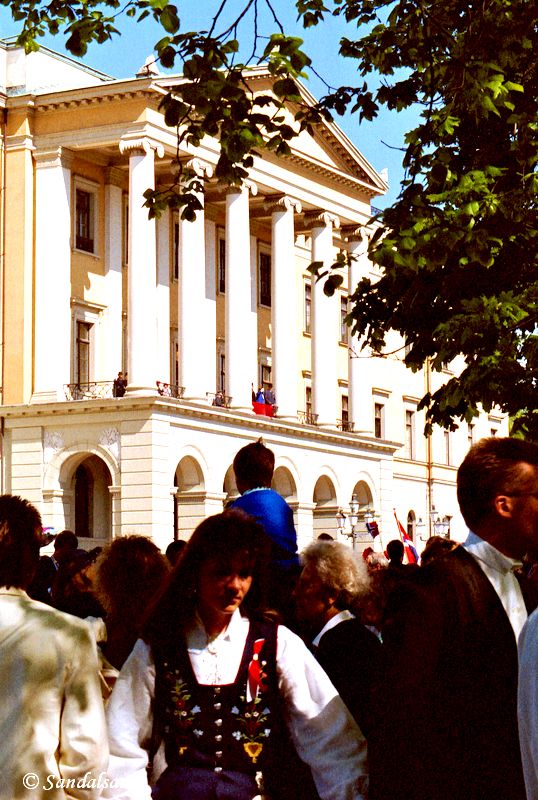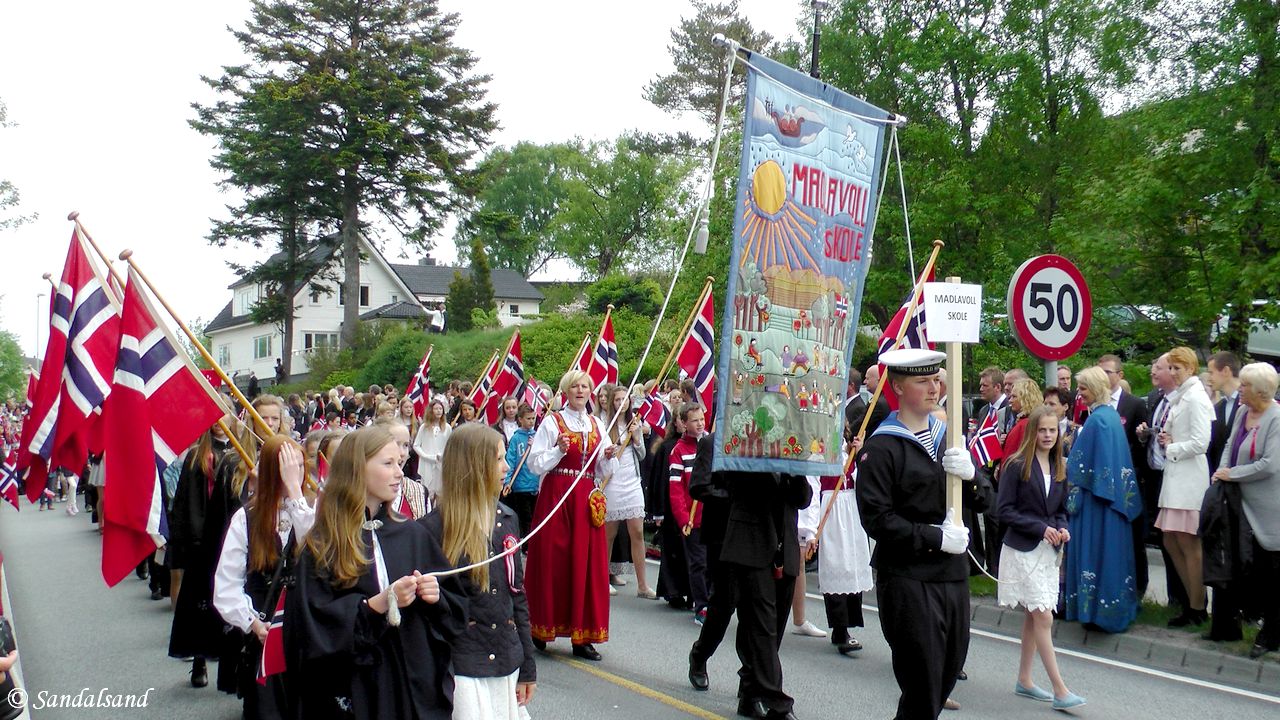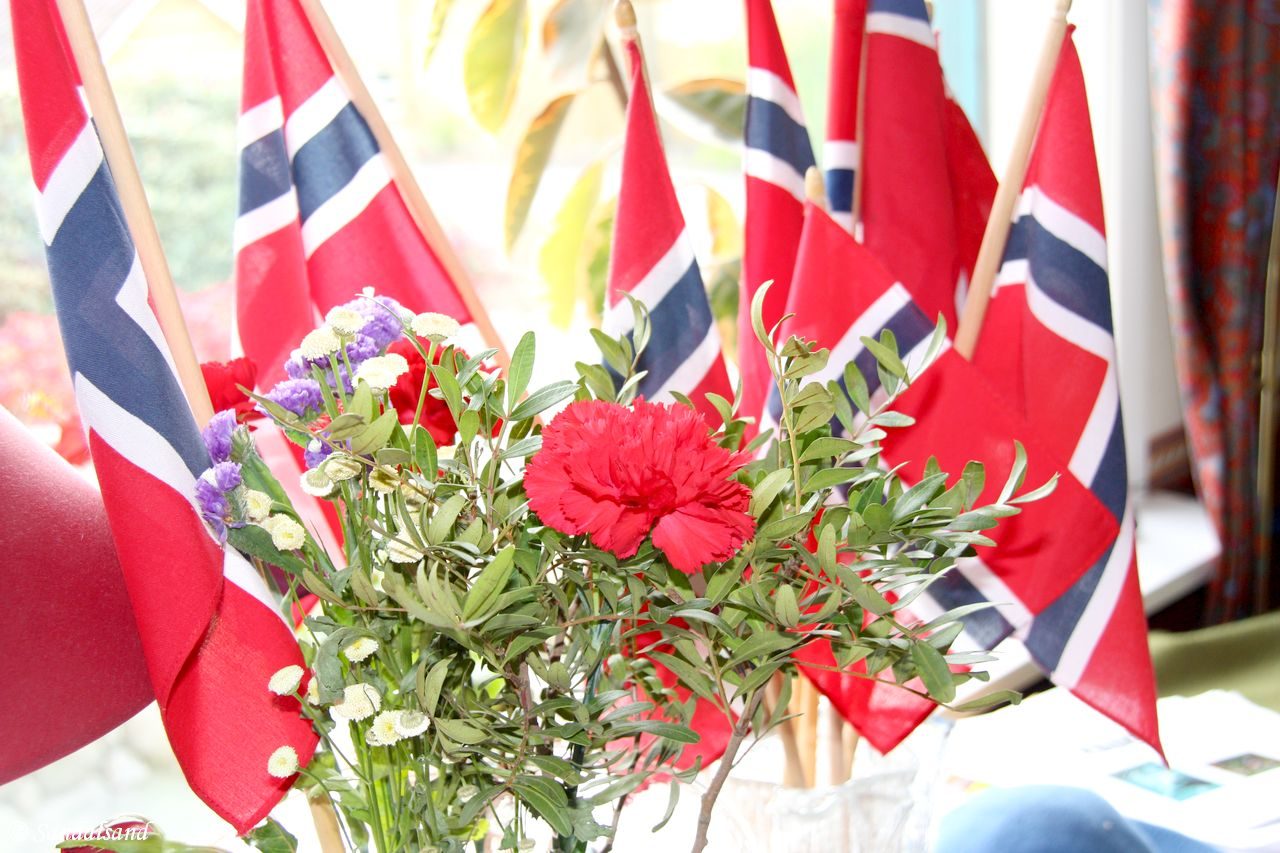In 2014 Norway’s Constitution Day celebrations were more spectacular than ever before. It was the 200th anniversary of the constitution.
Apart from the Viking legacy, Norway has an international reputation as a peace-loving country. Indeed, when other countries are celebrating their national days with military parades, Norway has a long lasting tradition of children’s parades and an extravagant display of civil society in general.
The day to remember, May 17th 1814
In 1814 Norway had been ruled by Denmark in a biased formal union for centuries. Copenhagen was the strongest part, and the King of Denmark and his cabinet of ministers had ruled the junior member with military means, financial exploitation, appointment of Danes to important civil servant positions and so on. Now, the Napoleonic wars was coming to a close, the Danish king had played the wrong horse, Napoleon, and was about to loose Norway in punishment. Foresighted Norwegians grabbed the opportunity.
They held an election during the winter and appointed representatives for a first Norwegian general assembly. They convened at Eidsvoll, an estate north of Oslo, in the beginning of April. There the 112 men sat down to draft a constitution, demanding the right for independence. They would have to work fast, for rumours coming out of Europe were not in favour of their endeavours.
Finally, on the 17th of May, the Norwegian Constituent Assembly agreed on the text and signed it formally the next day.
Developing the 17th of May into a National Day
Independence does not come easy. The major powers of Europe had decided to award Sweden a war booty for taking part in the final beating of Napoleon. Norway. As spring and summer passed, Sweden moved militarily against their weak neighbour and threatened with an invasion. Some skirmishes took place but eventually the parties negotiated an armistice. The King of Sweden became King of Norway as well, and the constitution survived.
During the next decades an ever rising feeling of national pride grabbed the Norwegians, eventually leading to the country’s full independence in 1905. One of the men organising these events was Henrik Wergeland, poet and son of one of the “founding fathers” of the Constitution. Apart from his poems, his main contribution was in establishing a tradition of celebrating May 17th, Norway’s Constitution Day. Later in the century the tradition of children’s parades emerged.

Celebrations in 2014
Two hundred years after Eidsvoll, the celebrations of Norway’s Constitution Day are as strong as ever. This year has seen, and will see even more books being published, speeches held, and exhibitions staged. Critical voices have not been subdued. It is a fact that the Norwegian constitution was quite unique and radical at the time, based on the examples of France and the United States. It was based on the principle of the division of powers, between the executive, legislative and judicial branches. However, it took 98 years before women were permitted to vote. Indeed, only male landowners and ranking civil servants had the right to vote. The constitution banned Jews and Jesuits from the country.
Naturally, the Constitution has not survived without changes to this day.

With Oslo being the nation’s capital, much evolves around the parades on the city’s main street (named after the Swedish King, Karl Johan, taking over Norway after 1814) right up to the Royal Palace on top of the hill. What sets Norway apart from most other celebrations throughout the world, is how decentralised they are.
In every little hamlet, village, town along the rugged coast or in the valleys of the mountainous interior, flags are hoisted, people put on their national costumes and they assemble to watch the children parade.

Another oddity is the “Russ”
The graduating class from high school, known as “Russ” stage their own parade later in the day particularly in the bigger towns. This lively band of youngsters have been partying wildly over the last weeks and months, finishing it all just a few days before their final exams with a grand finale. Traditionally the Russ’ parades have been full of joy, humour, jokes and parodies of politics and everything worth making fun of. Every year, old-timers would say that the parades used to be a lot better.
“Folketog”, the people’s parades
In villages and rural areas the children’s parade have a tail of grown-ups joining the parade. In many large towns, like here in Stavanger, there is a tradition of “Folketog”, citizens parade. This is an incredible display of all kinds of voluntary associations. Sport teams, choirs, bands, immigrant organisations and a lot more. The participants are of all ages, and they are numerous. It is almost incomprehensible that there are actually people left to watch. This is as close Norway gets a Brazilian carnival.
And in between all these parades Norwegians assemble, be it in city centres, in schools or other places. We listen to speeches, join in on the national anthem, in competitions and we eat ice cream. A lot of ice cream. The May 17 celebrations is a huge display of Norwegian pride, of national colours, and traditional outfits. And peace.
Watch out next time you’re out in the streets where you live: celebrations of Norway’s Constitution Day on May 17 are taking place all over the world.
Read up on other Norway posts on this blog.


